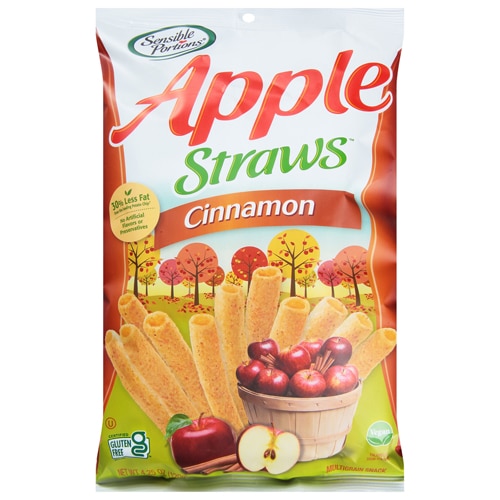Love it or hate it, grocery shopping is a necessary part of life. According to the Food Marketing Institute, the average supermarket carried over 30,000 items in 2017. As a registered dietitian, I firmly believe grocery shopping is an art. Let’s talk strategy for navigating a store with so many choices your head could spin, starting with what to avoid.
Healthy grocery shopping – what to avoid
1. Shopping when you’re hungry
Just like you wouldn’t go to work or the gym or the DMV on an empty stomach, you should not – I repeat: you should not! – go to the grocery store when you’re hungry. If it’s been too long since you’ve eaten, your blood glucose level will have dropped, possibly making you feel weak. You may be tempted to give in to cravings, tossing unhealthy items that you wouldn’t normally buy into your cart.
At home, it wouldn’t be a big deal, affecting maybe one meal. But at the store, you potentially could make bad decisions that will affect your whole week (or more!) of eating. Shopping with a satisfied stomach lets you focus on gathering foods needed for healthy eating all week rather than what you need to satisfy a sweet tooth right now.
2. Shopping at peak times
Do yourself a big favor and avoid shopping at peak times. Chores are hard enough without having to bob and weave around 15 other folks trying to pick the perfect avocado. Getting crabby from crowds won’t set you up for success. It often leaves you too tired to prep any of the food you’ve chosen when you get home.
Pause for a second and remember: you’re entering a gigantic building that houses just about every food item you can imagine. It’s pretty amazing! Allow yourself to enjoy the experience and be inspired by all the potential meals you can create from your grocery haul.
If crowds really aren’t your thing, be ultra-efficient and try grocery shopping online. It guarantees that you won’t be clipped in the heel by someone else’s cart!
3. Over-buying fresh foods
Have you ever thought, “I wish I could be the person I thought I was when I bought all this produce,” as you tossed a bag of browned, soggy vegetables in the trash and phoned for takeout?
While we’d all love to be that person on social media with the fridge bursting with a beautiful rainbow of fruits and vegetables on every shelf, that just isn’t the reality for most of us. And that’s OK! Cut yourself some slack.
For an adult needing 2,000 calories per day, the USDA recommends two cups of fruits and two and a half cups of vegetables per day. Fresh produce is awesome, but canned and frozen work too. Stock up on plain frozen fruits and veggies for smoothies or stir-fry dishes without worrying about wasting what you need to use before it spoils.
For canned fruit, avoid the kind packed in heavy syrup and look for fruit canned in water or 100 percent fruit juice. For canned veggies and legumes, look for products labeled no salt added. Bonus time saver: Canned veggies are already chopped.
Canned and frozen items come in very handy on those weeks where it’s impossible to get the store. It happens to all of us.
4. Going without a plan
Grocery shopping tends to happen in one of two ways. You either go in thinking, “These are the items I typically buy, and I need to purchase things I am out of.” Or, your mindset is: “Here’s what I want to make. I need these items to do it.”
Notice the success of both styles hinges on what’s already available at home. “Know before you go” is a sound shopping strategy. It saves the time of wondering if you have enough of something to complete a recipe, reduces food waste, saves you from spending money on items you don’t need and saves valuable space in the pantry. Who isn’t trying to have a more organized pantry?
Think of the food groups, protein, fruits, veggies, grains and dairy. Do a quick inventory of what you have for each group before leaving home – you won’t regret it.
5. Limiting yourself to the perimeter of the store
In recent years, the approach of shopping the perimeter of the store has developed a health halo. Consuming more fruits and vegetables is important. So, don’t skip the produce section. Although, consider that there are perimeter areas worth limiting. Looking at you, bakery and alcohol!
But do avoid writing off the whole center of the store as unhealthy. In today’s era of food inspiration and innovation, the center aisles have more to offer than ever before. Shelf-stable whole grains like farro and quinoa offer important nutrients such as fiber and protein.
Center aisles also house the seasonings you need to take your cooking from “meh” to “mmm.” For example nutritional yeast has a cheesy flavoring and B vitamins needed for energy. Bonus: it’s vegan and is typically found in the baking aisle. Don’t miss out on the many gems hiding inside the perimeter!




